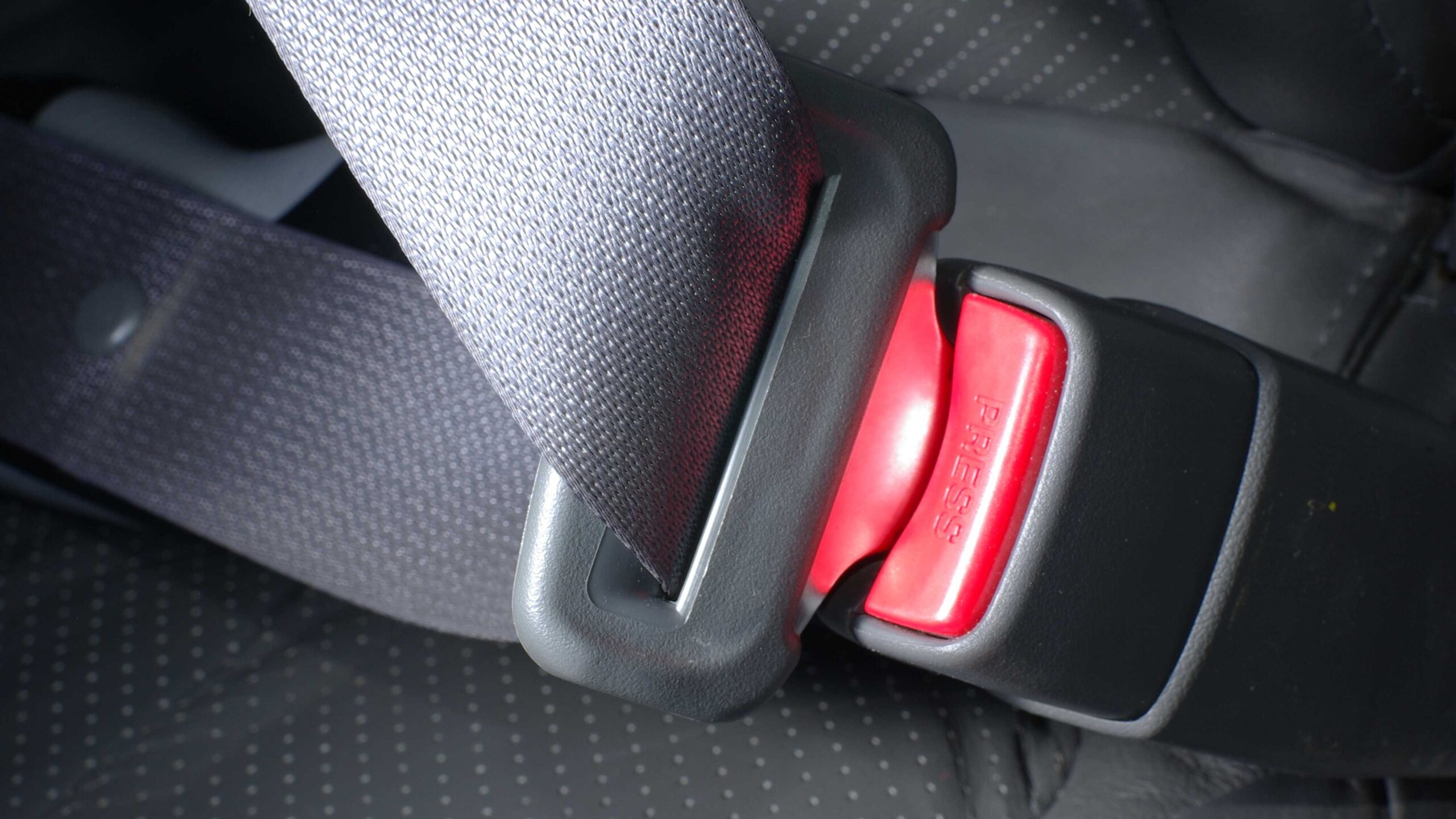Defensive driving helps prevent accidents by encouraging drivers to stay alert, anticipate potential hazards, and make safe, proactive decisions on the road.
Getting behind the wheel of a vehicle is likely to be the most dangerous thing you will do all day long. Although you can not control the actions of other motorists, you can control how you operate your vehicle. That means you can control your level of risk by driving defensively.
Remembering that the length, width and weight of large trucks can generate hazards for other vehicles small and large.
WHAT IS DEFENSIVE DRIVING?
Defensive driving is a set of skills that help you to be a safer driver. The techniques below will help you develop your defensive driving skills.
- ALWAYS BUCKLE UP
- Many car incident fatalities could be prevented by simply wearing a seat belt.
- FOCUS ON THE TASK AT HAND
- Do NOT let phones, radio, air conditioning, kids in the backseat, or a heated discussion distract you.
- USE HEADLIGHTS
- Anytime visibility is impaired on winding roads, during fog, rain, snow, or low light, make sure you turn on your headlights.
- Use your high beams in low traffic areas and turn them down for oncoming drivers.
- LOOK AHEAD OF YOUR VEHICLE.
- Keep your eyes down the road to anticipate problems before you come to them (erratic drivers, debris, wildlife etc.).
- SLOW DOWN
- The faster you travel, the longer it takes to stop, and the bigger the impact if you crash.
- Travel along with the flow of traffic, as long as it does not exceed recommended limits.
- WHEN IN DOUBT, YIELD
- If you are not certain who has the right of way or if another motorist disagrees, err on the side of caution and yield.
- KEEP A BUFFER BETWEEN YOURSELF AND OTHER MOTORISTS
- Check out this video discussing the 3-7-15 second rule, referring to the amount of buffer space for following distances.
- MONITOR YOUR BLIND SPOTS, AND STAY OUT OF OTHERS’ BLIND SPOTS
- If you can not see the driver in the truck mirror, he can not see you either.
- USE YOUR SIGNAL LIGHTS
- Make your lane changes and turns predictable and smooth.
- Always signal in advance.
- ADJUST FOR WEATHER CONDITIONS
- Turn off cruise control and slow down.
- Add extra space between your vehicle and other vehicles.
- RESPOND SAFELY TO TAILGATERS
- If someone is following too closely, add twice as much space between your car and the car in front of yours.
- Gradually decrease your speed to slightly below the speed of surrounding traffic and try to move into a right-hand lane.
- LET IT GO
- Road rage can lead to yourself and others getting hurt or killed.
- If you suspect that another driver may be under the influence of alcohol/drugs, stay away and alert the authorities as soon as it is safe to do so
Looking for more information? RPM can help!
RPM offers a number of courses to help support your OHS plan. If this article was valuable to you or others at your organization, you may want to consider the following Program Development courses:
Hazard Identification and Risk Control
- Recognizing what could injure workers on the job is the first step to ensuring that they stay safe. A proactive approach to the mitigation of workplace hazards greatly increases the chance of less severe and lower rates of injury.
Incident Reporting and Investigations
- A workplace must have a process to report workplace related injuries, illnesses and dangerous occurrences. Upon receipt of these reports, a process must also be in place to ensure investigations are completed to prevent re-occurrence.

